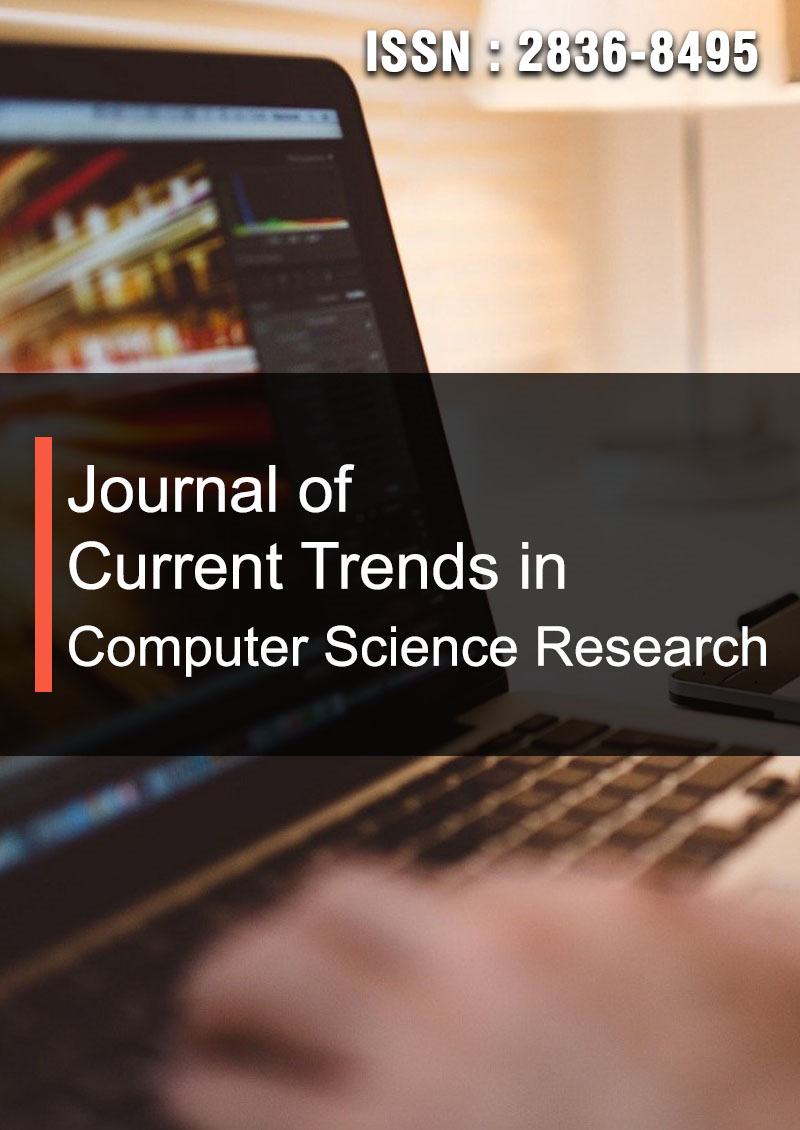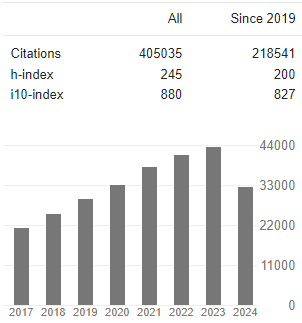Smart Prediction of Water Quality System for Aquaculture Using Machine Learning Algorithms
Abstract
Sohom Sen, Samaresh Maiti, Sumanta Manna, Bibaswan Roy and Ankit Ghosh
Intelligent and Smart aquaculture is nowadays one of the most important latest development trends in the field of the aquaculture industry to overcome the problems of the farmers due to water quality monitoring, food feeding, temperature imbalance, and recycling of water. Smart water quality prediction in the real-time environment using intelligent machine learning models and IoT sensors establishes the basis for the evaluation, planning, and intelligent regulation of the aquaculture environment. The purpose of this study is to propose an intelligent Machine learning and IoT-based Biofloc system that enhances the efficiency, production, water recycling system, and automatic food feeding system. This paper proposed a system that collects process data from sensors, stores data in the cloud, and analyses it using different latest machine learning models such as a Decision tree classification model, and Random Forest Model to predict the water quality and provides real-time monitoring through an android app. The article presented a system that collects data using sensors, analyzes them using a machine learning model, generates decisions with the help of Artificial Intelligence (AI), and sends notifications to the user. The proposed linear regression, Random Forest, and other ML models have been implemented and tested to validate and achieve a satisfactory result. A performance comparative analysis of the different ML algorithms has been conducted based on a few metrics such as accuracy, recall, precision, and F1-score. Random Forest Classifier has surpassed all the other models in terms of accuracy, recall, precision, and F1 score. Random Forest Classifier has exhibited an accuracy of 73.76%, recall, precision, and F1-score of 90%, 75%, and 82% respectively.





